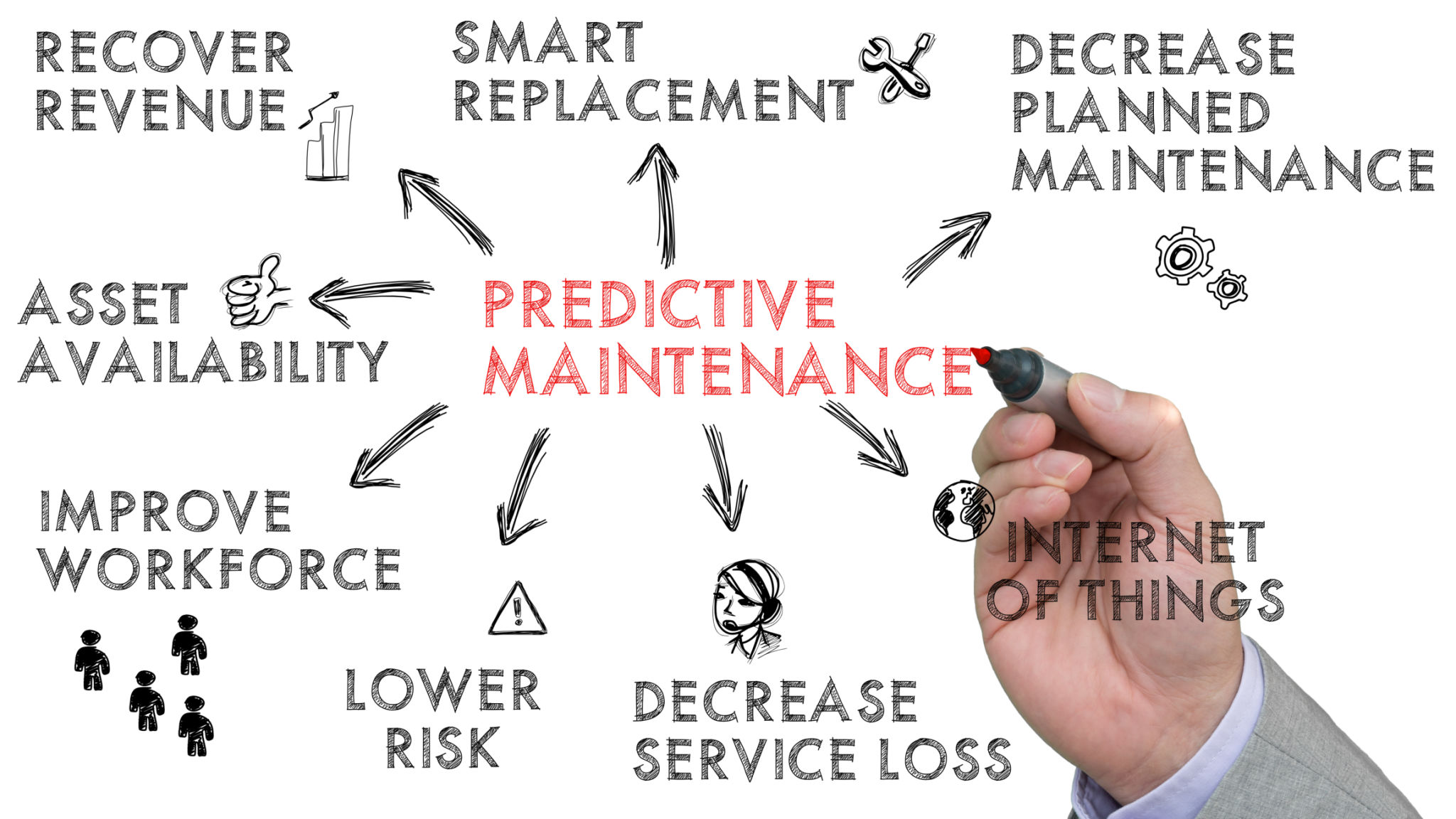Integrating Predictive Maintenance Techniques
In today’s hyper-competitive industrial landscape, the conversation has shifted from whether organizations should adopt predictive maintenance (PdM) to how quickly they can scale it across their asset base. Global market studies forecast the predictive maintenance market to surpass $28 billion by 2026, fueled by the rapid adoption of artificial intelligence (AI), Internet of Things (IoT) sensors, and advanced analytics (MarketsandMarkets, 2021).
Yet while the benefits of PdM are widely recognized—higher asset uptime, reduced maintenance costs, and extended equipment life—the challenge lies in seamlessly integrating predictive maintenance techniques into existing operations.
Why Predictive Maintenance Matters
Traditional preventive maintenance strategies—such as time-based inspections or replacements—are often wasteful. Assets may be serviced too early, driving unnecessary labor and spare part costs, or too late, resulting in avoidable downtime.
Predictive maintenance uses real-time data to forecast when an asset is likely to fail, enabling maintenance to be performed only when necessary. According to McKinsey, organizations that adopt PdM can reduce maintenance costs by 10–40%, lower downtime by 50%, and extend equipment lifetimes by 20–40% (McKinsey & Company, 2018).
The value proposition is clear: predictive maintenance aligns maintenance efforts with actual equipment condition rather than arbitrary schedules. However, integrating these techniques requires a blend of technology, processes, and people capabilities.

Key Predictive Maintenance Techniques
Several PdM techniques are commonly deployed across industries, each offering unique insights:
Vibration Analysis – Monitoring abnormal vibration signatures can detect imbalances, misalignments, or bearing wear in rotating equipment. This method is well-established in manufacturing, oil and gas, and utilities.
Thermography – Infrared imaging identifies abnormal heat patterns, often a precursor to electrical faults, insulation degradation, or lubrication issues.
Oil and Lubricant Analysis – Sampling lubricants for metal particles, viscosity changes, or contamination provides insight into wear rates and internal component health.
Ultrasound Testing – High-frequency sound detection identifies issues such as compressed air leaks, electrical arcing, and lubrication needs.
IoT and AI-Driven Condition Monitoring – Continuous real-time monitoring with IoT sensors, coupled with machine learning, can detect subtle anomalies long before they escalate into failures.
While individual techniques offer value, integration lies in combining them within a holistic asset performance management (APM) framework.
Steps to Successfully Integrate Predictive Maintenance
1. Align PdM with Business Objectives
The first step is to move beyond a “technology-first” mindset. PdM initiatives must directly support strategic objectives such as reducing unplanned downtime, improving safety, or optimizing spare parts inventory. A clear business case with measurable KPIs is essential.
2. Build Data Infrastructure
PdM requires reliable, high-quality data. Organizations must invest in sensor technologies, data historians, and connectivity infrastructure. Edge computing is increasingly relevant for processing large data volumes in real time, particularly in remote or hazardous environments.
3. Leverage Advanced Analytics
Machine learning algorithms can identify failure patterns that humans cannot. AI models improve over time, becoming more accurate as datasets expand. Importantly, analytics platforms should integrate seamlessly with existing enterprise systems such as CMMS (Computerized Maintenance Management Systems) and ERP platforms.
4. Start with Pilot Projects
Piloting PdM on critical assets provides proof of concept and helps quantify ROI. Once value is demonstrated, organizations can scale PdM across the wider asset base. This incremental approach reduces risk and builds internal buy-in.
5. Empower the Workforce
Technology alone does not deliver predictive maintenance success. Maintenance and operations teams must be trained to interpret condition data, trust predictive insights, and shift from reactive to proactive behaviors. Embedding PdM into daily routines is as much a cultural shift as a technological one.
6. Ensure Governance and Change Management
Predictive maintenance should be governed as part of a wider asset management strategy, aligned with ISO 55001 principles. Strong governance ensures PdM remains a value-adding initiative rather than a siloed technical project.

Overcoming Integration Challenges
Organizations face barriers such as legacy equipment without sensors, data silos, and resistance to change. However, modern retrofitting solutions—wireless sensors, cloud-based platforms, and vendor-neutral analytics—have significantly lowered these hurdles. A pragmatic approach is to blend predictive techniques with existing preventive and corrective practices, creating a hybrid maintenance strategy tailored to organizational maturity.
Looking Ahead
Predictive maintenance is not a destination but a journey. As digital twins, augmented reality, and prescriptive analytics evolve, maintenance will shift from predicting failures to prescribing optimal actions in real time. Organizations that act now to integrate predictive techniques will not only cut costs but also build a sustainable competitive advantage in asset reliability.
The message is clear: PdM integration is no longer an optional initiative—it is a strategic imperative for future-ready enterprises.
Need Help?
These activities can be quite daunting for a busy maintenance department, so if you need some assistance in reviewing your maintenance organization and its focus, please contact RPCMaint through this website.
References
- MarketsandMarkets (2021). Predictive Maintenance Market by Component, Deployment Mode, Organization Size, Vertical, and Region - Global Forecast to 2026.
- McKinsey & Company (2018). The Future of Maintenance: How Augmented Reality and Predictive Analytics Will Change the Game.
